The concept of cause and effect seems obvious and natural to adults, but for children, especially younger kids, the idea can be a bit more difficult to grasp. It’s important to teach cause and effect early though, as it’s a key part of child development, and it’s directly relevant to daily life. If you want to teach cause and effect, you can play a significant role in helping a child master the concept.
StepsMethod 1Method 1 of 2:Helping Babies and Toddlers Discover Cause and Effect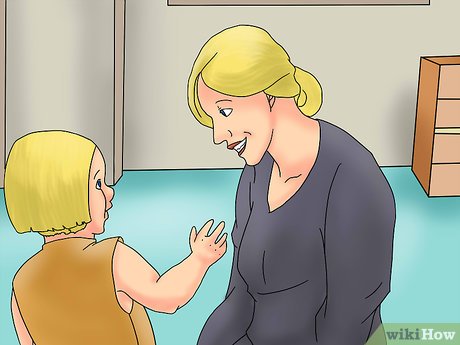
1Interact with your child. Even young babies can begin to understand cause and effect: they cry, for example, and someone comes to feed, change, or comfort them. Maximize this natural way of learning by responding to your baby and interacting in various ways. Make faces to get your baby to laugh; pick your baby up if he or she reaches out for you.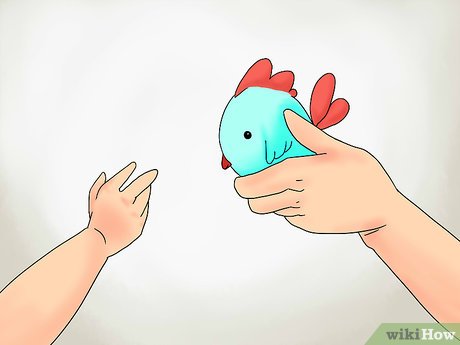
2Offer toys. Babies and toddlers learn through play, so offer a variety of toys suited to your child’s developmental level. Your baby can learn that shaking a rattle creates a sound; your toddler can learn that pressing certain buttons may make a toy light up or make a noise.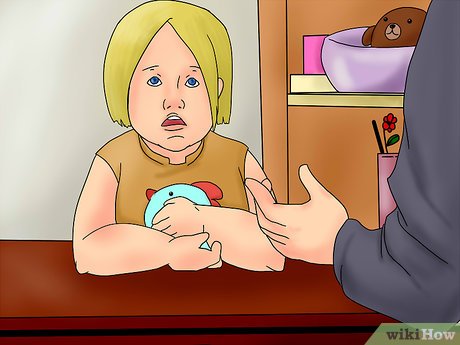
3Reinforce cause and effect through conversation. As your child grows and understands more and more, you can enhance their understanding verbally. So, for example, you can say, “oh, you didn’t eat your lunch, and that’s why you’re hungry again already” or “oh, you were too rough with that balloon, so it popped.”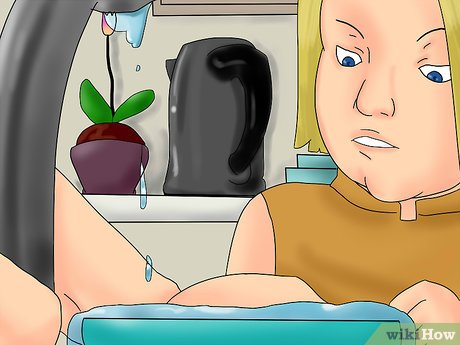
4Demonstrate. Toddlers can grasp cause and effect best with a practical demonstration. Puncture a balloon with a pin, and see what happens. Or go to the kitchen sink with your toddler, and pour water into a cup until it overflows. Ask your toddler what happened, and why. Repeat with other household objects and procedures.Method 2Method 2 of 2:Helping Preschoolers and Older Children Master Cause and Effect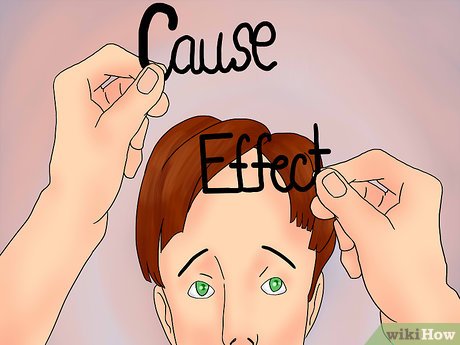
1Teach your child the vocabulary of cause and effect. Explain that a cause is an event or action that makes something happen; an effect or consequence is a thing that happens as a result of that cause.As your child gets older, add additional vocabulary. Words like “influence,” “results,” and “factors,” for example, as well as words that will help with cause and effect sentence construction: “therefore,” “consequently,” “thus,” and others.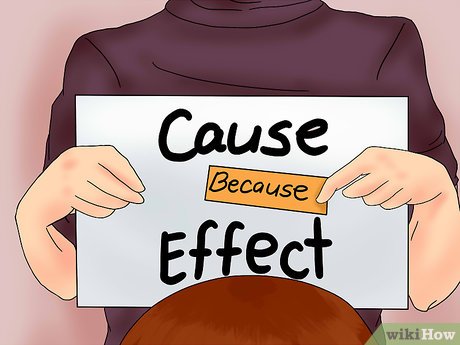
2Use the word “because.” Reinforce the relationship between causes and effects by using the word “because” in conversation; it makes for better understanding for many kids. So, for example, say, “Your shoes are dirty because you stepped in the mud,” or “The house is cold because we left the windows open.”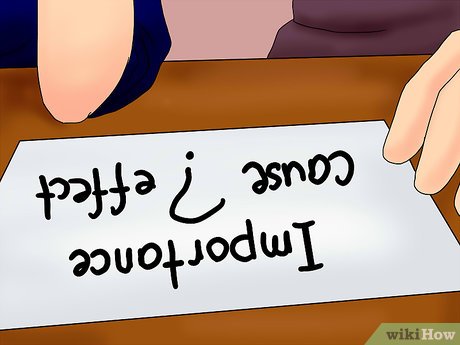
3Explain why cause and effect relationships are important. As your child grows, you can point out that the principle of cause and effect is significant in a number of ways. We try to discover the causes of things that are bad so that we can eliminate them and make the world better; we try to discover the causes of things that are good so that we can apply them and maximize the results.Once your child starts school, it’s important to emphasize the academic uses of cause and effect. Scientists use it all the time (What is causing global warming? Why did these plants die? What will happen if we mix vinegar and baking soda?), and so do historians (Why did the American colonies revolt? What happened after Cortes conquered the Aztecs?).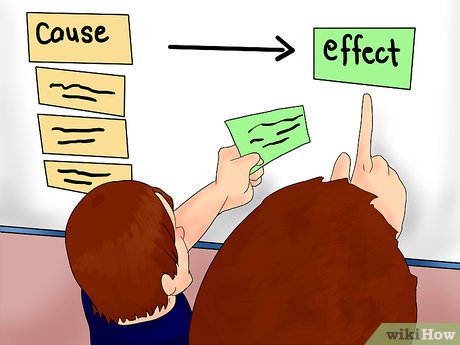
4Make a T map. A T map is a simple table with two columns. On one side, you can write causes; on the other, you can write effects. For example, on the left side, write “It is raining.” Have your child brainstorm possible consequences: it gets muddy, flowers grow, the school has indoor recess, there are traffic jams. Write those on the right side of the table.You can also use T maps for individual cause and effect relationships to illustrate language. So, in this case, you would write “It is raining” at the top, instead of on the left. Then, on the left, you’d write, “It gets muddy because it is raining.” On the right, you’d write, “It is raining, so it gets muddy.” This method teaches the two main forms of stating cause and effect: the “because” form and the “so” form. It also reinforces the concept.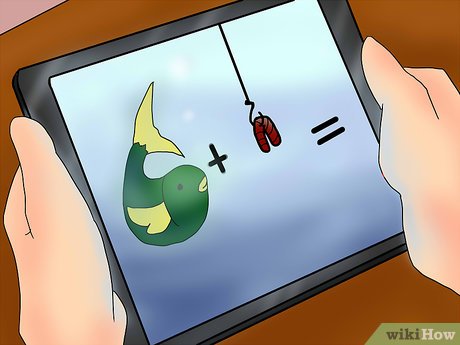
5Play cause and effect games. One example is the cause and effect chain. Choose a consequence (say, “pants are dirty”). Then have your child think of a potential cause (for example, “I fell in the mud”). Then you (or another child), follows up by saying the cause of that consequence (“it was raining and slippery”). Continue as long as you can. This game will help your child develop his or her understanding of cause and effect.You can also play a simpler game where you offer an imaginary effect (say, “the dog barked loudly”) and have your child think of as many possible causes as he or she can. Examples might include “the dog barked loudly because the mailman came,” “the dog barked loudly because someone pulled on its tail,” or “the dog barked loudly because it saw another dog.”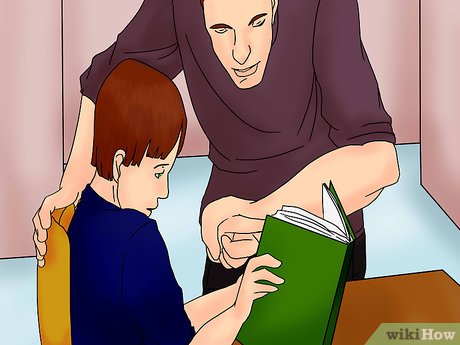
6Read books. Look for themed picture books designed to tackle causes and consequences. Read them with your child, and talk about the situations presented in them.
7Create a timeline. For older children, draw a timeline on paper. Choose a historic event, like a war, and mark its important moments on the timeline. Connect those moments based on cause and effect.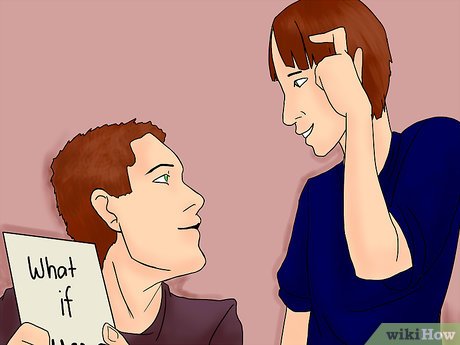
8Teach analytical thinking. As your child grows, his or her understanding of cause and effect will get better and better, and you can begin pushing for deeper, more analytical thinking. Ask why something occurred, and then follow up with “How do you know?” or “What’s your evidence?” Try asking “What if?” questions to engage your child’s imagination: “What if we accidentally used sugar instead of salt in this recipe?,” “What if the American colonies didn’t revolt?”Introduce the idea that correlation is not causation. If there is no evidence for a particular cause making a particular event happen, then it may be a random occurrence rather than a causal relationship.








